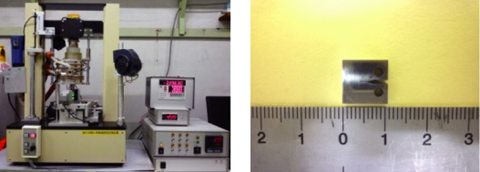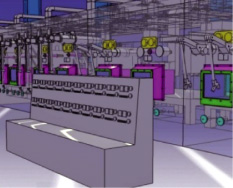
Fig.3-29 Acceleration-driven type neutron irradiation facility for fusion materials

Fig.3-30 We developed test equipment (left) of fracture toughness for small size specimens (right)

Fig.3-31 IFMIF Post Irradiation Examination (PIE) facility
The International Fusion Materials Irradiation Facility/Engineering Validation and Engineering Design Activities (IFMIF/EVEDA) was initiated in 2007 under the BA (Broader Approach) agreement. The main purpose of IFMIF is to build a database for the design of fusion DEMO reactors. As shown in Fig.3-29, the neutron production method in IFMIF makes use of a deuterium-lithium reaction, which is performed by accelerating deuteron beams to lithium target flow, and high intensity neutron sources are produced. The irradiation volume of the IFMIF is about 12.5 liters (L) in total, and the highest displacement damage is more than 20 dpa (displacement per atom)/year in a volume of 0.5 L. Therefore, we need to use small-size specimens, and a small specimen test technique or technology (SSTT) is very important.
In the IFMIF/EVEDA program, some SSTT testing, such as for fracture toughness, fatigue, and fatigue crack-growth measurement, are performed in collaborative research with a number of universities. Mechanical tests using small specimens should demonstrate highly accurate controllability of the applied stress and displacement, but commercial test machines are not typically designed to cover controllability. Fig.3-30 shows a test machine that has been specially designed and manufactured for fracture toughness tests of very small specimens, such as a compact type specimen with a length of about 10 mm. Guidelines for mechanical tests such as those of ASTM-international and the ISO have already been prepared, but they do not match up with the results of some recent research, such as the master curve method for fracture transition behavior, and so there is a need to modify and develop the standards.
In addition, we are also developing the irradiation modules and the design of a PIE facility as shown in Fig.3-31. The engineering design of the IFMIF will be finished in the middle of 2013, and then we will be able to move to the IFMF construction phase.